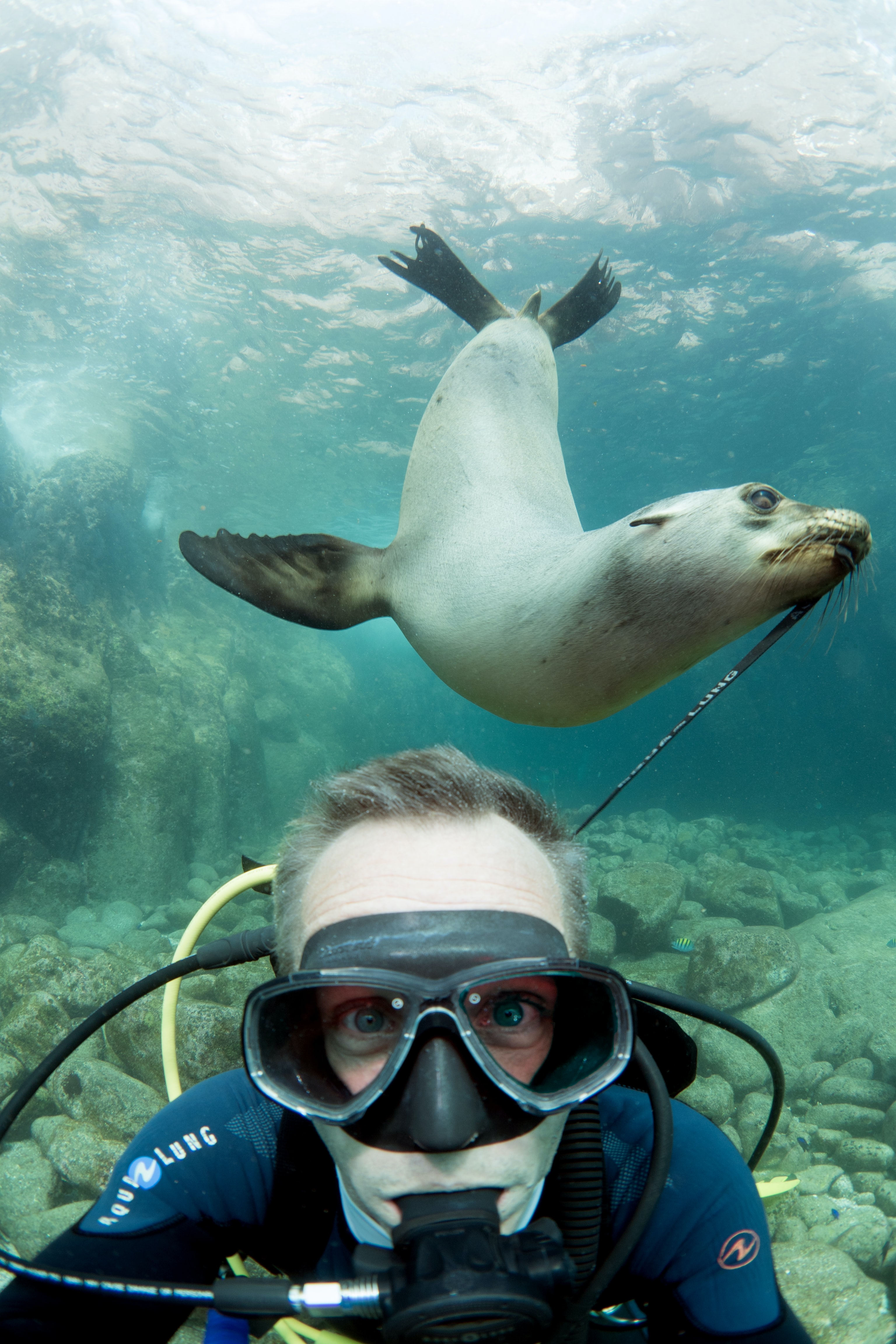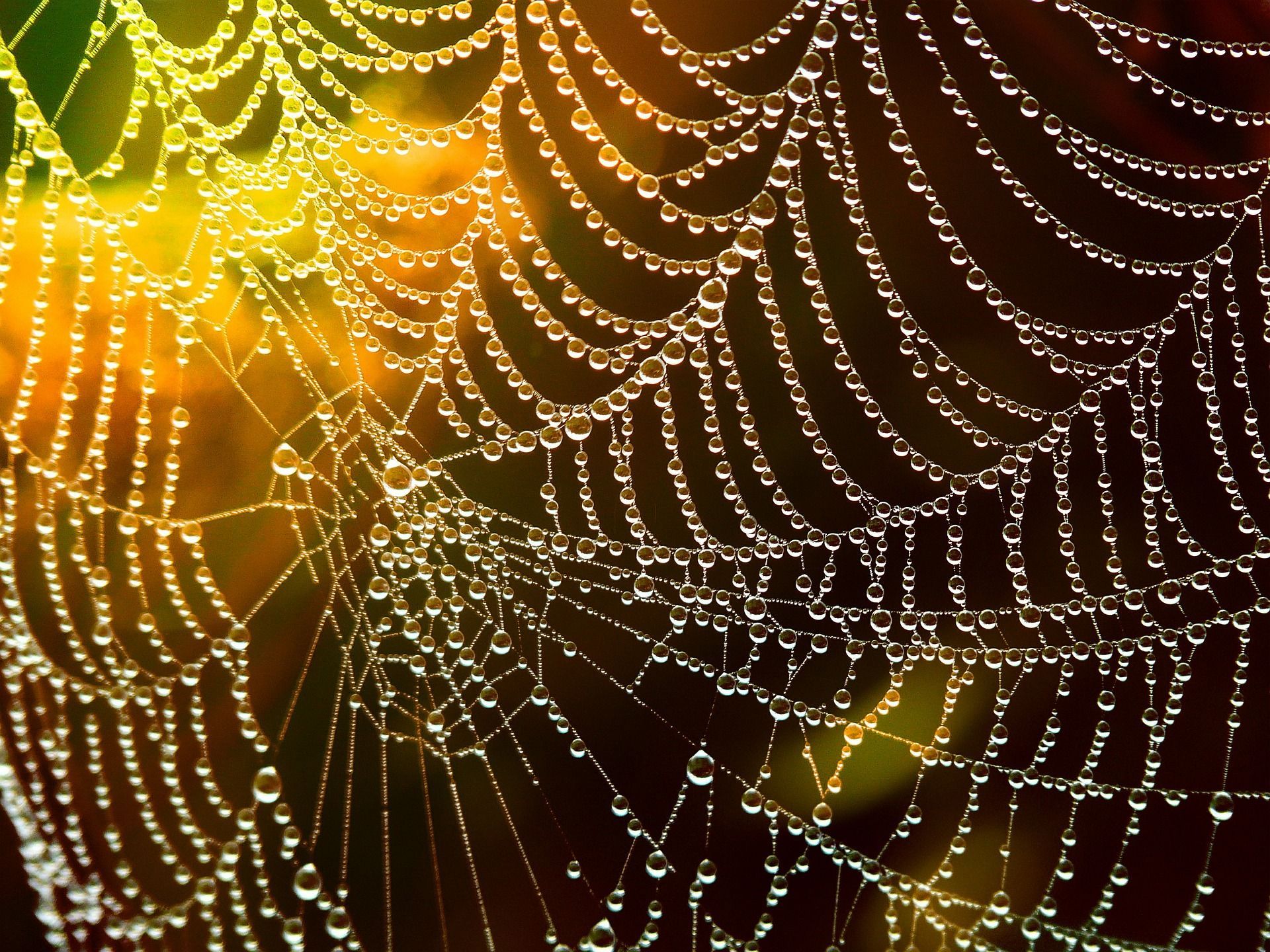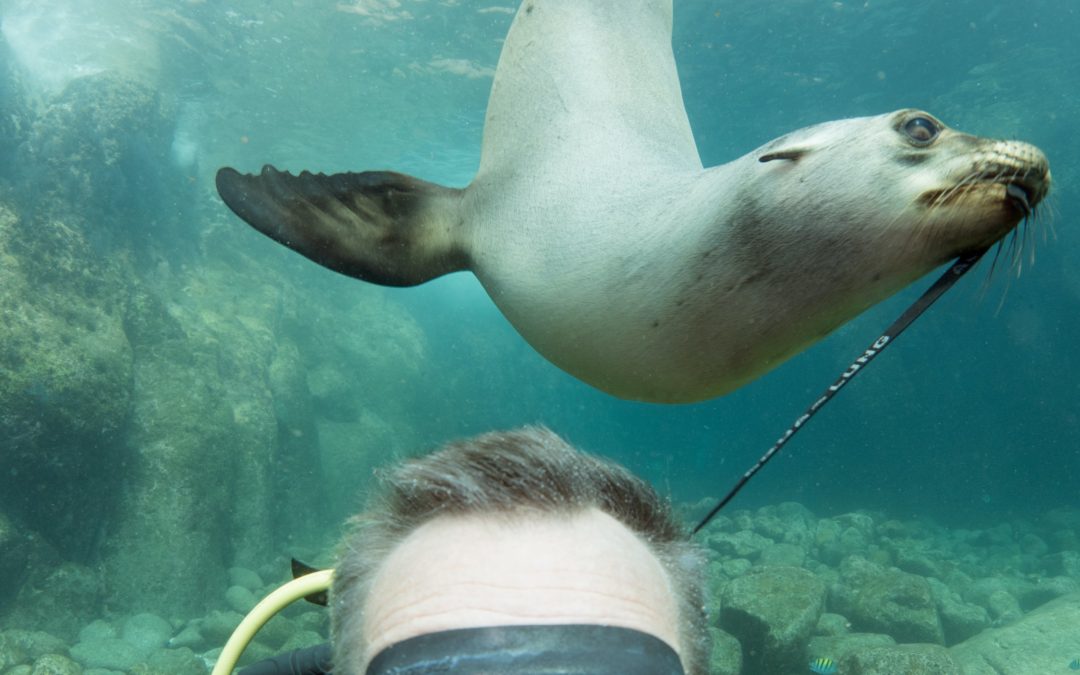
An artificial intelligence system called Wildbook helps scientists and environmentalists to protect and conserve endangered species. Photos taken by researchers, but also civilians who share their vacation pictures publicly on social media, can be carefully analyzed, presenting more information to the database scientists use. This process, for AI to extract animals’ biological information from images, is called “imageomics”.
One of the biggest problems for environmentalists and scientists in their mission to track endangered species and how they’re doing is the lack of data. Sadly, the status of more than half of the species listed on the IUCN Red List of Threatened Species is unknown because of this.
“We’re losing biodiversity at an unprecedented rate and we don’t even know how much and what we’re losing,” said director of the Translational Data Analytics Institute at The Ohio State University Tanya Berger-Wolf, as The Ohio State University reported.
“Our AI algorithms can identify individuals using anything striped, spotted, wrinkled or notched – even the shape of a whale’s fluke or the dorsal fin of a dolphin,” said Berger-Wolf, as reported by The Ohio State University.
Right now, Wildbook has more than two million pictures of 60 000 individual dolphins and whales. According to Berger-Wolf, the pictures in Wildbook are the main source of data on killer whales especially.
“We have millions of images of endangered and threatened animals taken by scientists, camera traps, drones and even tourists,” Berger-Wolf said.
“Those images contain a wealth of data that we can extract and analyze to help protect animals and combat extinction,” said Berger-Wolf.
There are other ways of tracking animals but the information they present isn’t as precise as the information offered by imageomics. There are also not enough GPS collars and satellite tags to track all the animals.
“We don’t have enough GPS collars and satellite tags to monitor all the elephants and answer those questions,” said Berger-Wolf, according to The Ohio State University. “But we can use AI techniques such as machine learning to analyze images of elephants to provide much of the information we need.”
“We’re teaching machines to see things in images that humans may have missed or can’t see,” Berger-Wolf added, as reported by The Ohio State University.







